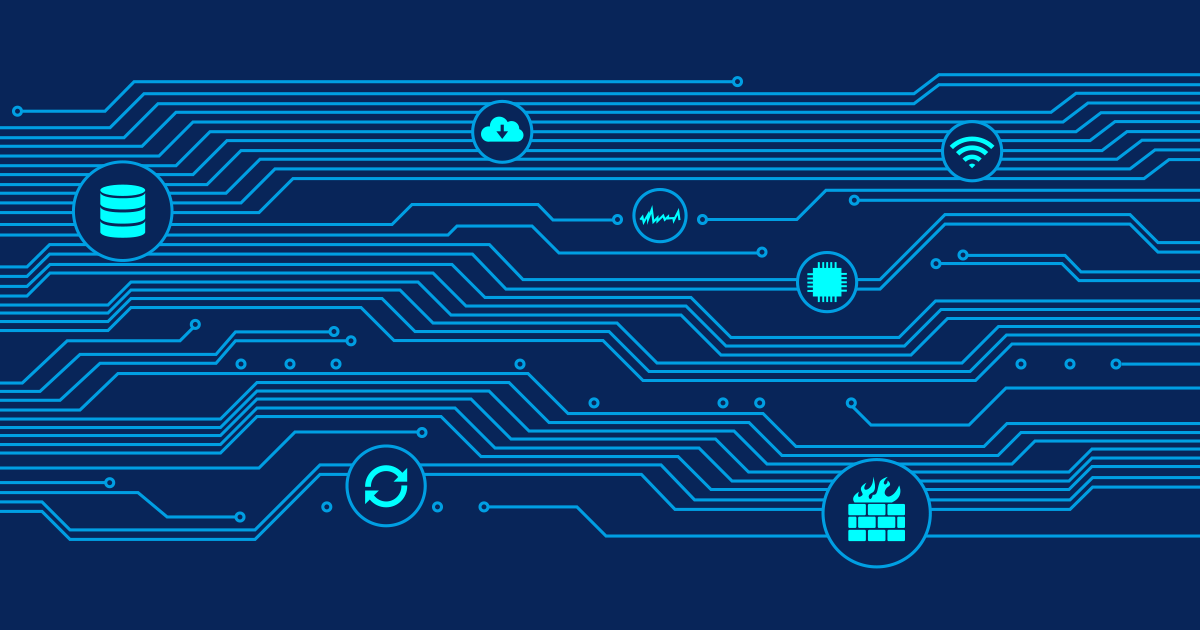Why Free Sometimes Just Isn't Worth It
Inefficiency, diseconomy, wasted time and effort - even just reading these words gives most IT administrators a bad feeling: 'We really should review our tools and procedures...' Many companies waste a lot of time on essential IT processes, for example network monitoring. There are many roads that lead to network monitoring - from open source products to commercial solutions, to isolated applications from individual hardware manufacturers. Focusing too much on saving money at acquisition is often not worthwhile. On the contrary, cheap solutions often cost the IT department more time during installation, administration and troubleshooting.
Network Outages Can be Pricey
Flawless operation of the entire IT infrastructure is imperative for seamless business processes, internal and external communication and usage of all IT systems. Outages in operative processes quickly manifest themselves in financial and temporal losses. A network monitoring solution counteracts this. It monitors the availability of systems, services, applications and bandwidth usage and informs the IT personnel promptly of serious issues. In short: the IT department's daily business becomes more efficient and its workload is reduced significantly. The network administrators can focus their time and expertise on more important IT projects instead of worrying about the survival of a solution that should actually be contributing to the improvement of the infrastructure. The benefits of the valuable 'resource' - the IT administrator - increase.
That's why responsible parties shouldn't take decisions regarding the selection of a suitable tool lightly. Long-term profitableness is especially important here. Of course, the available budget plays a deciding role in the selection. When under pressure to keep costs low, most people choose the cheapest - or free - solutions. Even 'homemade' solutions, made up of various isolated applications, are not uncommon. At the moment of purchase, there must have been other reasons - besides the amount to be invested - for choosing product X. But could it maybe be time to rethink this decision? Let's take a look at the options.
Open Source - First Glances are Deceiving
Open source software is widely used due to easy availability and installation. Users entertain the hope of being able to set up a suitable solution in a short time and at a low cost. These systems are usually customizable and can be used without license fees. However, implementation and configuration, as well as operation, of open source software can often require above-average effort. Setting up and operating an open source product usually requires some kind of background knowledge; alternatively, an external service provider can be hired to take care of maintenance.
Welcome to The Self-Help Group Open Source Administration
From a technical viewpoint the complex, time consuming implementation and configuration often associated with open source solutions are a significant drawback. In general, the software that's actually available for free only contains basic functions that don't suffice for detailed monitoring of IT infrastructure. For network monitoring solutions, that means that too many processes and parameters remain unmonitored and the network is still susceptible to unnoticed errors. An example of an open source solution is Nagios. This software offers various different modules for monitoring networks, hosts and special services. Data can be viewed via a web interface, although no modifications can be made here. Product support, however, is often not offered for open source solutions. IT administrators have to find the solutions to their problems on their own. True, there are online forums and communities that discuss network monitoring, but that doesn't guarantee that helpful answers are available for specific problems. Consequently, users are not always able to monitor their networks efficiently and quickly integrate new devices into the monitoring solution. Another weak point may be the continued development of the solution. Due to its construction, open source users have to depend on other members of the community, hoping they will feel called to continuously update the product.
Conclusion
Daily business can be stressful enough - why complicate matters more? When purchasing a network monitoring solution, the cheapest purchase price should not be the only deciding factor - important functions will fall by the wayside, the demand for internal programming effort will increase, and conscientious updates and professional support will be lacking. Comprehensive, high-quality products that come with manufacturer support are often not as expensive as one might think. Ideally, the provider even offers a test version for the user's IT environment. In this way, the IT department can check the monitoring solution's suitability on their own turf and try out available functions.
Further Information
Detailed information is available on this page, where we've also posted a comparative profitability calculation between Nagios and PRTG Network Monitor.
 Published by
Published by 












